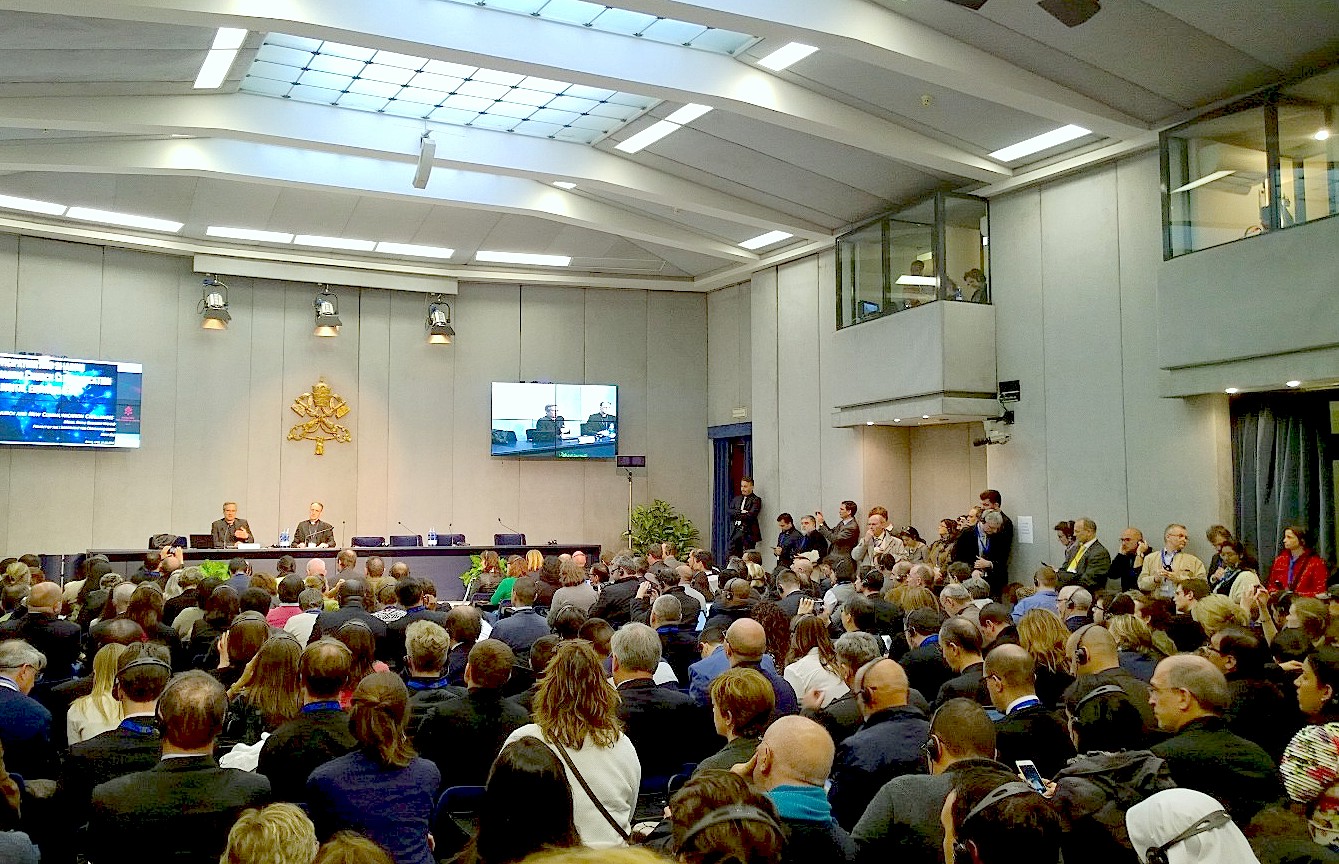The Prefect of the Secretariat for Vatican Communications, Monsignor Dario Eduardo Viganò, has given a run-down of the work accomplished in the past 12 months and looks ahead to a new vision.
In an interview with Vatican Radio’s Alessandro Gisotti, one year after the publication of the “Motu Proprio” with which Pope Francis established the new Vatican Secretariat for Communication charged with reforming Vatican media, the prefect stressed that the Pope himself and Council of Cardinals is very interested in the progress of the communications’ reforms.
The media reform involves all the Vatican media outlets including the daily newspaper L’Osservatore Romano, Vatican Radio, CTV, the LEV publishing house, and the Vatican Press Office.
Discussing the progress made this year, Msgr. Viganò noted it has been an intense, but “fascinating” time that has seen some 400 people involved in over 140 meetings in an effort to understand the existing potential and to draw up new projects. He explained that some of these have resulted in investing in professional training or permitted other staff members to pursue master degrees in business administration and communications.
The Pope himself and the Council of Cardinals, the so-called ‘C9’, the prefect commented, were extremely interested in their last meeting at the beginning of June to be updated on how the reform is proceeding. He noted they spoke about the numbers, given that “the Cardinals will have to take responsibility for some of the decisions” to be made.
In the interview, Msgr. Viganò made an observation following the Secretariat’s in-depth analysis of the organizations that make up Vatican media.
“It’s like a motor that has everything and yet does not work efficiently; instead of producing energy it produces only heat and ends up overheating and stalling. Here we have a motor; we want it to function properly so that it can go fast, so that it can put on the breaks, so that it can overtake when needed,” he said.
Discussing the unification of Vatican Radio and CTV, Msgr. Viganò noted that an imminent reality will be a ‘repositioning’ and an ‘empowerment’ of the Radio’s “105 Live” local radio broadcasts because it is important for the radio dimension to remain and for people to be able to continue to listen to Vatican Radio in Italian.
However he says it will possibly feature news broadcasts in other languages as well.
“As Fr. Lombardi mentioned on the occasion of the Radio’s 80th anniversary, Vatican Radio is no longer a radio station” he said.
The different language programs, Msgr. Viganò explained, will be the ‘beating heart’, the protagonists of the ‘hub content’ of the new portal with a slew of multi-linguistic and multi-cultural programs with text content and audio that will be offered via podcasts.
During the Q & A, the Italian monsignor stressed that there are clear indications in the Pope’s “Motu Proprio,” that place the current digital culture at the center of the reform and change the perspective into a “User first” one that challenges us.
He also highlighted that some 85% of the population use mobile devices to connect to media. The Pope’s “Motu Proprio”, he says, is “an invitation to leave behind the arrogance of a unidirectional mode of communication” and to realize that we are called to bring the message of the Gospel to men and women of today who are immersed in new media.
Regarding the technical aspects of the reform and the presentation of the new multi-media internet portal, Msgr. Viganò pointed out that “it’s all very well to have a new portal with better software, more options, etc., but the real reform takes place behind the scenes”. He described the portal as the tip of an iceberg of a system in which everything will be produced by a concerted team effort.
«We must learn to put our personal experience aside and put ourselves humbly in the position of learning because humility is the necessary way to approach the reform.”
The new portal itself will feature videos, podcasts, images, print articles and live radio, which he said will provide advantages for those who listen, watch, or read us, namely that «they will no longer be confused or ‘cannibalized’ by turning to us.»
Claiming that “we have been inexistent for the public”, he lamented that when Francis was elected Pope most people consulted Wikipedia to discover who Jorge Mario Bergoglio was and says there is much work to be done regarding web reputation and positioning.
“We must become ‘the source’ for Vatican and Papal news – not the official source (that’s the Press Office) but an important source,» Msgr. Viganò said.

Msgr, Vigano at Holy See Press Office - ZENIT
Msgr. Vigano Speaks on Progress of, Vision for Vatican Communications Reform
Prefect of Vatican Secretariat for Communications Reiterates ‘Vatican Radio Is No Longer a Radio Station’


